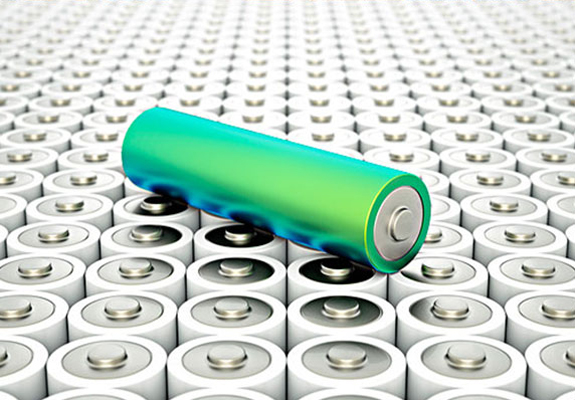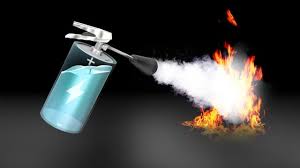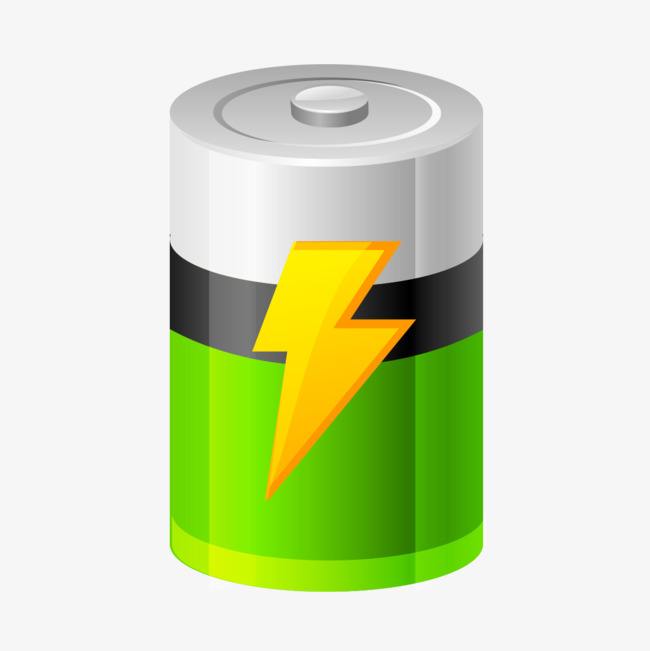Lithium Ion Battery Safety
May 29, 2019 Pageview:1181
A lithium ion battery is type of rechargeable battery that first came into place in 1970. These batteries are commonly used in mobile devices such as phones, laptops, and tablets. Nowadays lithium batteries are also used in vehicles and they are increasing in popularity for aero scope and military applications. The attempts of making lithium ion batteries began a long time ago as the first attempt was 1912 but it was until 1970 that the first rechargeable battery was available in the market. The earlier models were made of metallic lithium and they offered very high density. But on the other hand, the instabilities of the lithium metal more especially when charging made them not perfect and therefore need for more development. Those earlier cells had the possibility of thermal run away and during charging, the temperatures could rise very high to the melting point of lithium which used to cause violent reactions. Because of the instability of metallic lithium, research suggested the use of lithium ions which has been used since then.

Lithium ion battery making and environment health.
In the recent years, the demand for lithium ion batteries has gone up because of increase of technological gadgetry such as phones, and laptops. These batteries usually use lithium and the mining industries are having a boom. The demand will continue to increase because of the emphasis on transitioning to renewable energy instead of fossil fuels. Because of this demand the lithium mining industry is having a lot of work to do and heavy deposits are being exploited in China and the US. But how are lithium ion batteries affecting the environment? To be honest lithium ion batteries do not cause any pollution to the environment, they are actually very friendly to the environment. But it is during the making processes that there is a problem. The mining companies are trying to their best to exploit the maximum amounts of lithium from the earth. This is having serious repercussions to the environment. For example, the chemicals that are used to extract lithium are capable of infiltrating into the nearby rivers, lakes, seas, oceans and other water supplies. This is evident in the case of river Liqi that was affected in 2016 where these chemicals got into the water and they killed thousands of fish.

Safety levels of lithium ion systems.
There are two basic levels of ion systems, that is, cobalt and manganese. For maximum run time of your smartphones, laptops, digital cameras and tablets they use cobalt based lithium ion. The manganese-based lithium ion is a little bit newer in the market but it usually offers more thermal stability. The manganese-based lithium ion can sustain temperatures of up to 250 degrees Celsius before it becomes unstable. The manganese based lithium ion also has the advantage of that they can deliver high current when required and that they have very low internal resistance. These batteries are not used in phones or laptops. They are mostly used in medical devices and other power tools. Very soon electric cars will start using these batteries.
The only downside of this manganese based lithium ion is that they have lower density compared to cobalt based lithium ions. A cell that is made of manganese can only produce half the capacity of cobalt based. Wil you be happy when your laptop quits halfway of its run time? No one would. If the manufacturing companies really want to make lithium ion batteries of the highest quality, they should mix the two metals.
Lithium ion batteries are very safe and the heat related issues are not very common. The companies are able to achieve this excellence by adding 3 layers of protection. i.e.
· Limits the amount of active material that ensure a workable equilibrium of safety.
· They add various safety mechanisms within the cell.
· Adds electronic protection circuit in the battery pack.
This safety precautions are just effective if the mode of operation come from the outside, e.g. a fault with the charger. When there is a short circuit, the battery will power off.

What every battery user should know.
· A major concern will arise if a fault charger or static electricity goes ahead and destroys the battery protection circuit. This damage can fuse the solid-state switch in an ON position and you might end up not noticing. This means the battery will still work normally but it will not have any protection against abuse.
· A lithium ion battery should not be charged in a temperature that is below zero degree Celsius. It will appear like it is charging but the fact is that plating of metallic lithium occurs on the anode if it is on sub-freezing charge. This plating is permanent, and it cannot be reversed. If done more and more times, it will compromise the safety of the battery. The battery will be vulnerable to failure and can lead to fast charging or crush.
· Asia the largest producer of non-brand replacement batteries. These batteries are popular with most people because they are cheaper. Unfortunately, most of them don’t produce the same quality as the brand lithium ion batteries. So be wise and replace your battery with brand batteries as they are of higher quality.
· Manufacturers with a reputation to protect, sells lithium ion batteries that are approved by battery pack assemblers. This means that the batteries are equipped with safety circuit as that is a requirement before being approved. Buying a battery from manufacturers is a wise decision as the nickel-based batteries will only end up frustrating you.
· Manufacturers of larger batteries such as laptops secures the batteries with a secret code that only computers with access can use them. It is because of this that it is not easy to find non brand laptop batteries flooding the market. They are usually expensive, but they are worth it.
- Prev Article: Is it better to keep Lithium Ion Batteries charged?
- Next Article: Proper Care of Lithium Ion Batteries
Leave Message
Hottest Categories
-
Hottest Industry News
-
Latest Industry News









